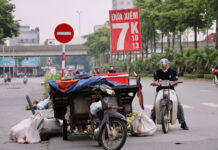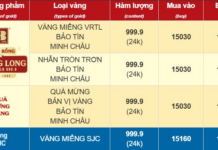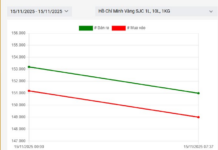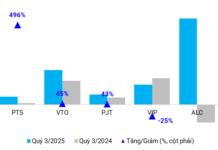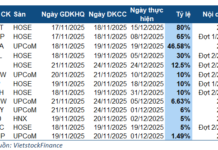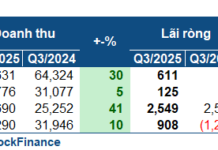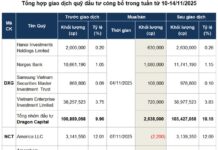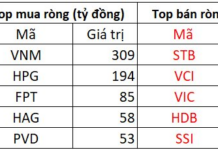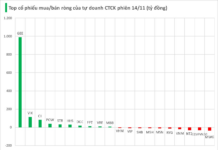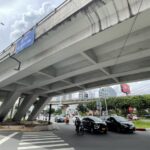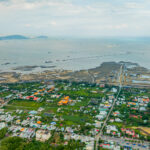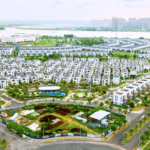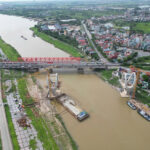Redesigning the Development Space
The draft Political Report for the 1st Congress of the Ho Chi Minh City Party Committee, term 2025 – 2030, reveals that the merger of Ho Chi Minh City with Binh Duong and Ba Ria – Vung Tau provinces marks an unprecedented turning point in Vietnam’s urban development history. This integration opens up opportunities for market expansion, increased investment attraction, infrastructure connectivity, production chain integration, and enhanced international standing, facilitating access to advanced finance and technology.
Post-merger, Ho Chi Minh City has formed a unique administrative and economic entity, complementing each other to create a comprehensive development space. The city is restructuring its development space based on the concept of “one center, three regions, one special zone,” optimizing the comparative advantages of each area to become a multi-centered megacity. This development is organized along three corridors, supported by five pillars: industrial and logistics hubs, international financial centers, tourism and cultural industries, and education, healthcare, and science and technology centers.
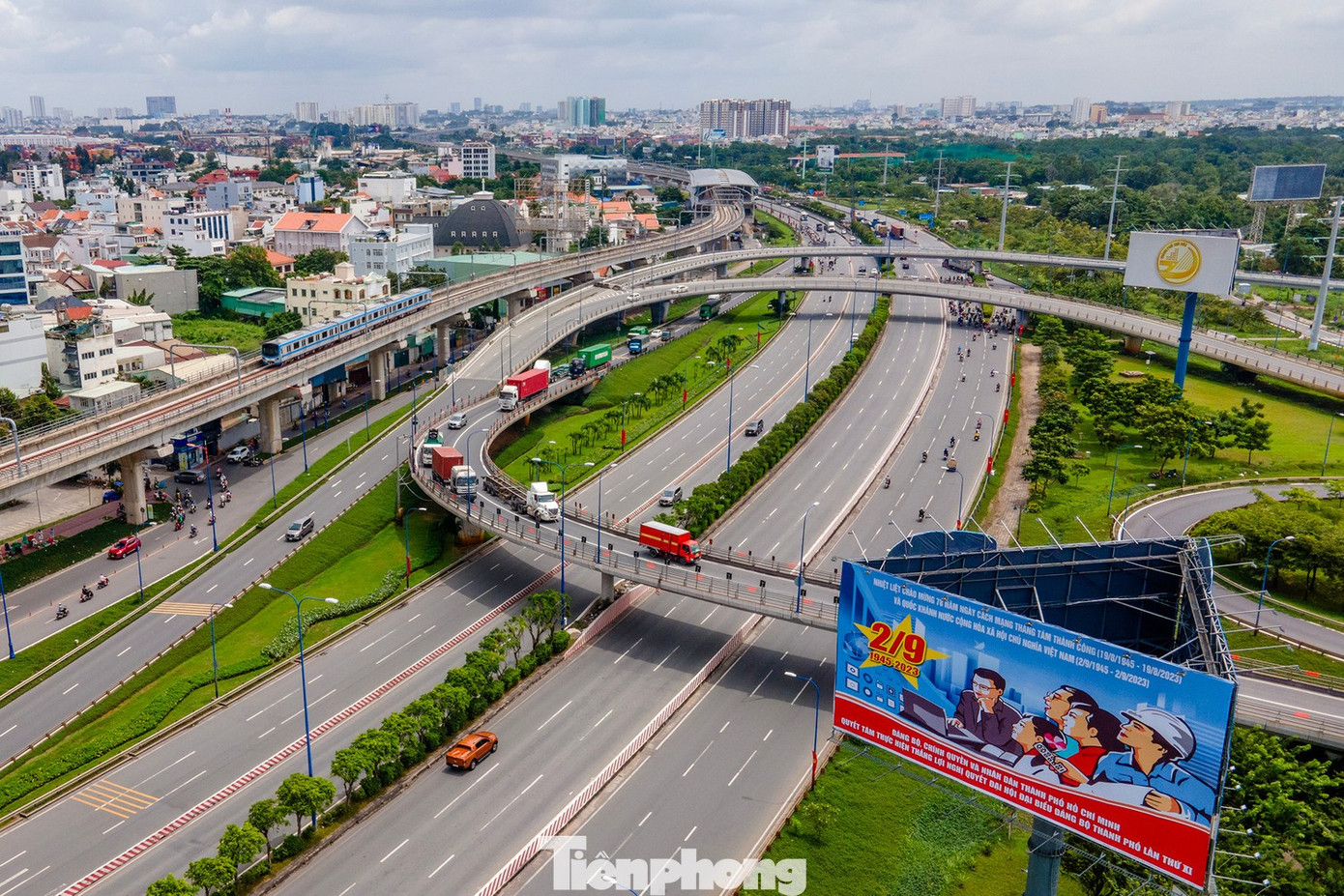
The eastern area of Ho Chi Minh City’s center has transformed since the completion and commercial operation of Metro Line 1 (Ben Thanh – Suoi Tien). Photo: Pham Nguyen
However, the draft political report acknowledges that the city still faces challenges due to its incomplete infrastructure.
In the upcoming term, Ho Chi Minh City will redesign its development space with a multi-polar, integrated, and hyper-connected approach, aiming for a synchronized, civilized, and modern infrastructure system.
The city will enhance decentralization and empower local authorities to effectively utilize land value for infrastructure reinvestment. Public investment will continue to play a leading role, driving breakthroughs in attracting private capital, FDI, and public-private partnerships (PPP).
Key development axes will receive focused investment, including: The East-West axis extending from the Cai Mep – Thi Vai port cluster, the high-tech axis in the East (Thu Duc – Di An – Tan Uyen), the international trade axis connecting airports, seaports with domestic logistics corridors, and growth poles such as the Financial Center, Eastern Innovation Hub, and Northwestern Logistics Development Hub.
Developing an Integrated Transport Network
Ho Chi Minh City prioritizes the development of an integrated and intelligent transport network, fostering regional and inter-regional connectivity. This includes urban rail systems, specialized inter-regional railways, and highways linking urban, industrial, port, airport, and financial centers.
The city is accelerating the construction, upgrading, and operation of critical transport routes: Ring Road 2, Ring Road 3, Ring Road 4, and highways such as Ho Chi Minh City – Ben Luc – Long Thanh, Ho Chi Minh City – Moc Bai, Ho Chi Minh City – Thu Dau Mot – Chon Thanh, and Long Thanh – Ho Tram.
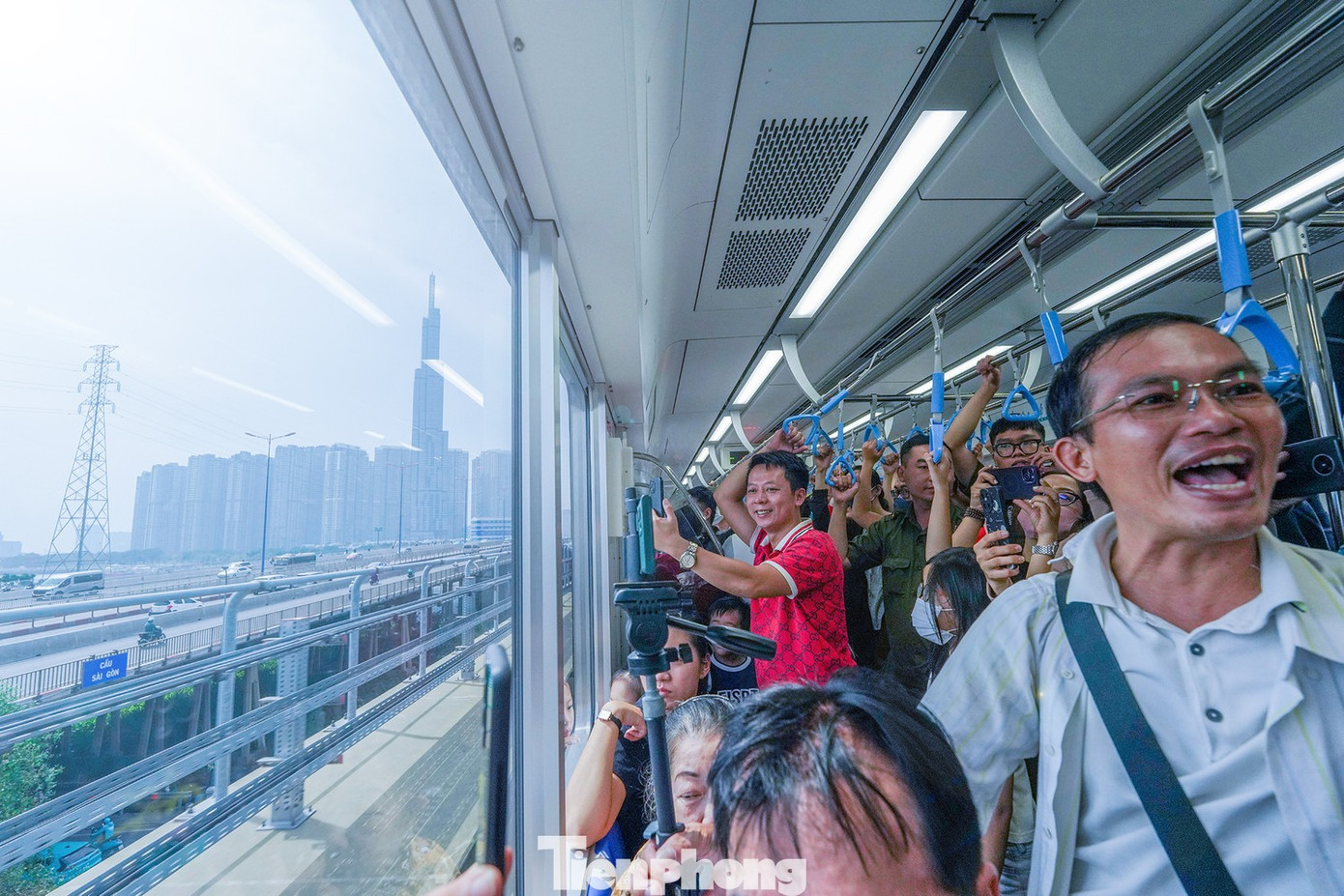
Passengers experience Ho Chi Minh City’s Metro Line 1. Photo: Pham Nguyen
Simultaneously, a railway freight axis connecting Cai Mep – Thi Vai port with Binh Duong industrial zones is being developed to reduce traffic congestion and environmental pollution. Investment in coastal roads and the development of a water transport system will meet the growing demand for cargo, passenger, and tourism transportation.
Ho Chi Minh City aims to enhance state management efficiency in planning, complete the Thu Thiem New Urban Area by 2030, commence Phase 2 of the Phu My Hung Urban Area, accelerate the Can Gio Coastal Urban Area, and implement urban upgrading projects in Vung Tau, Ho Tram, and Phu My. The city is developing smart urban chains connecting Ho Chi Minh City’s center with Di An, Thuan An, Thu Dau Mot, Ben Cat, and Phu My, along with new urban areas around transport hubs and ring roads.
According to the new planning guidelines, Ho Chi Minh City will focus on developing the coastal corridor as a multi-functional integrated area, including seaports, industries, urban areas, tourism, and ecological conservation. The city aims for harmonious rural-urban development, blending “villages within cities and cities within villages,” while adhering to the principles of “leaning on mountains, preserving forests” and “embracing rivers, facing the sea.”
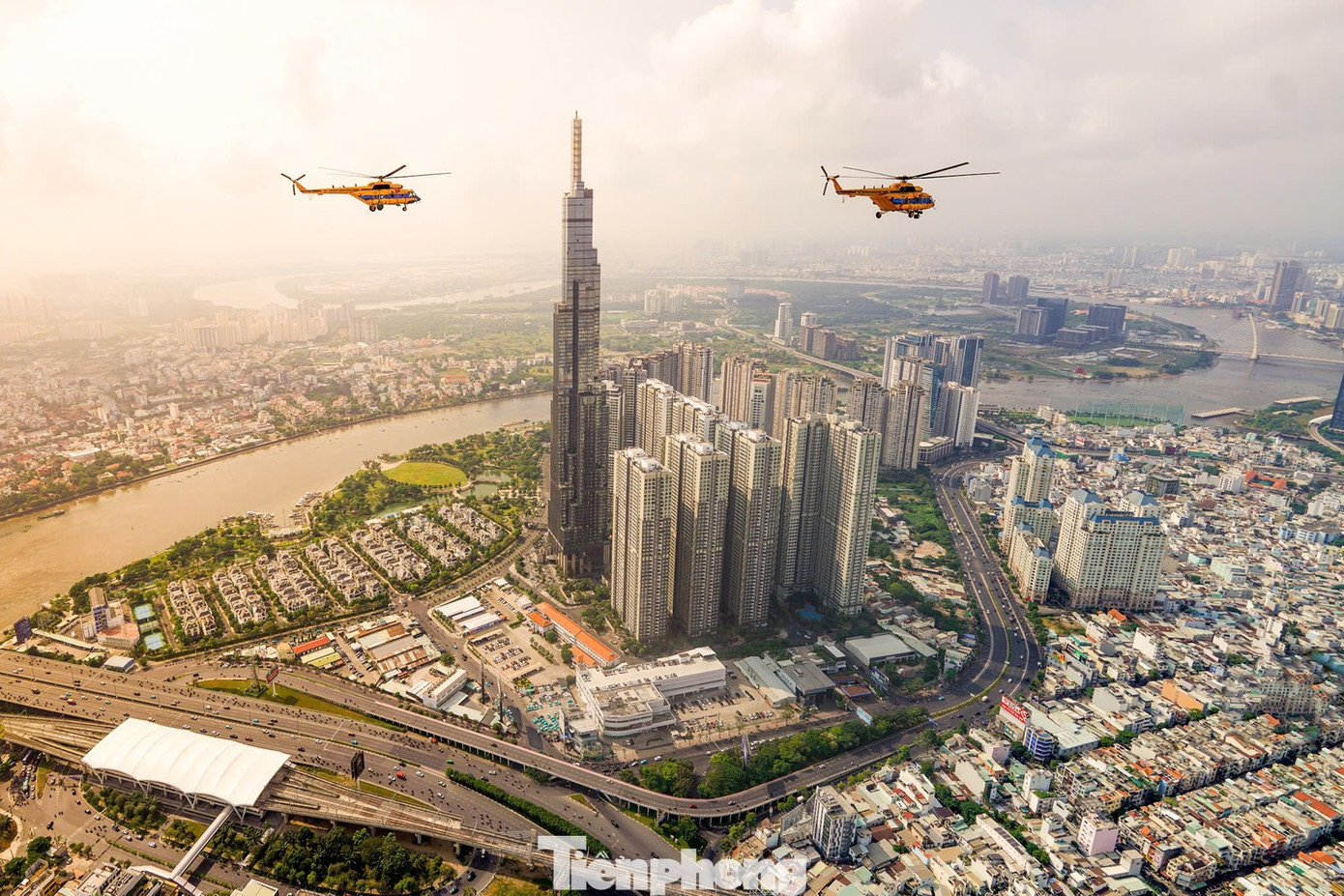
Ho Chi Minh City identifies infrastructure as a “strategic breakthrough” in the upcoming term, with numerous priority projects. Illustration: Pham Nguyen
Notably, the Saigon River corridor will be urgently planned to harness its economic and tourism potential, create additional green spaces and public amenities, and preserve natural landscapes.
Within the urban space, Ho Chi Minh City emphasizes the development of green spaces, waterfront areas, and cultural spaces, integrated with new urban areas around metro stations following the Transit-Oriented Development (TOD) model. This approach aims to create a living and working environment that meets international standards.
Additionally, the city will combine urban renewal with new development, encourage the use of new materials and renewable energy, continue relocating and removing temporary housing along canals, renovate old apartments, upgrade existing residential areas, develop social housing, and reorganize community life in a civilized and sustainable manner.
Key Infrastructure Programs
Ho Chi Minh City’s infrastructure focus includes six critical areas:
1. Enhancing regional connectivity through key external transport axes such as National Highway 13, Ho Chi Minh City – Vo Van Kiet Expressway, Ben Luc – Long Thanh Expressway, and Bien Hoa – Vung Tau – Long Thanh Expressway.
2. Developing an urban rail system following the TOD model, effectively connecting the inner city with functional centers.
3. Constructing and upgrading high-speed passenger railways and freight lines (Bau Bang – Dong Nai – Cai Mep Thi Vai), while completing Ring Roads 2, 3, and 4.
4. Exploiting river and coastal transport, particularly the Saigon – Dong Nai – Soai Rap route, linking the Cai Mep – Thi Vai – Can Gio port cluster with logistics and port services.
5. Upgrading and expanding Con Dao Airport to meet aviation and tourism demands.
Why Ho Chi Minh City Proposes Utilizing Underbridge Spaces for Public Purposes
Ho Chi Minh City proposes utilizing underpass spaces for parking lots, sports fields, and other public amenities to meet community needs while ensuring safety, fire prevention, and smooth traffic flow.
Vinhomes Can Gio Mega-Project Attracts Flood of Brokers, Investors; Hotels Fully Booked, Surrounding Land Prices Surge
Spanning nearly 2,900 hectares and backed by a $10 billion investment, Vinhomes Green Paradise Can Gio is not just impressive in scale—it’s a project surging ahead at lightning speed. Hundreds of barges, trucks, and cranes are hard at work, with many areas already taking shape and road construction underway.
Grand Opening of VPS Saigon Transaction Office
Elevating its leadership position, VPS Securities Joint Stock Company (VPS) proudly unveils its Saigon Trading Floor—a cutting-edge, modern space designed to redefine investor experiences and empower Southern region investors in their pursuit of new heights.


